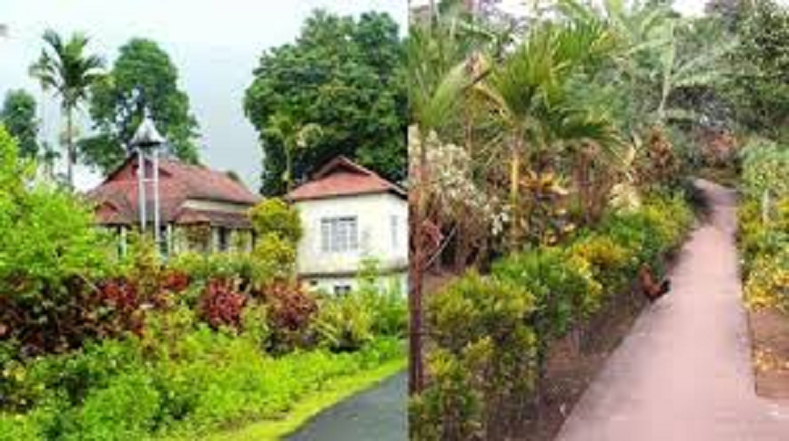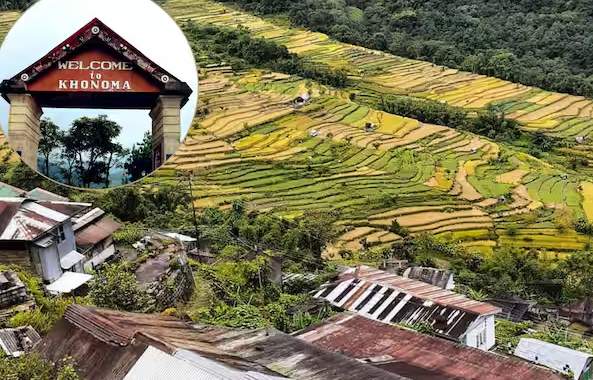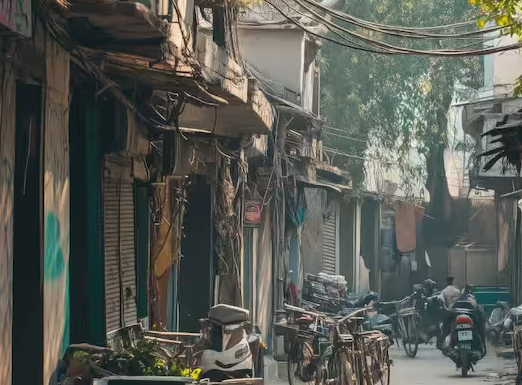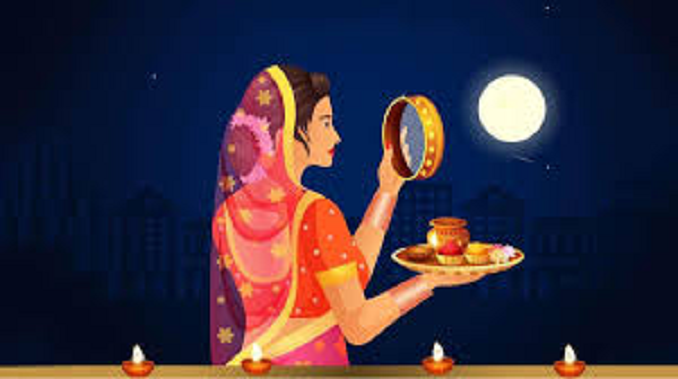Holi 2025: Unique Ways Holi is Celebrated Across India – Explore Different Traditions
- byManasavi
- 04 Mar, 2025

Holi Celebrations in India: Holi, the festival of colors, is not just about gulal and gujiya. Across India, this vibrant festival is celebrated with unique traditions and rituals. From Lathmar Holi in Barsana to Phoolon Ki Holi in Vrindavan, different regions have their own ways of celebrating. Let’s explore some of the most fascinating Holi celebrations across India.
Lathmar Holi – The Vibrant Tradition of Barsana and Nandgaon
In Barsana and Nandgaon (Uttar Pradesh), Lathmar Holi is a unique and playful tradition associated with Lord Krishna and Radha. Women playfully hit men with sticks (lathis), while the men try to protect themselves with shields. This celebration happens in two phases—Barsana’s women target Nandgaon’s men, and the next day, Nandgaon’s women take their turn.
Phoolon Ki Holi – A Floral Celebration in Mathura & Vrindavan
In the sacred towns of Mathura and Vrindavan, Holi is celebrated with flowers instead of colors. At the Banke Bihari Temple, devotees shower flowers upon Lord Krishna and Radha, while gulal (colored powder) is sprinkled in the air. This divine celebration creates a mesmerizing atmosphere.
Basanta Utsav – Holi in Shantiniketan, West Bengal
In West Bengal, Holi is celebrated as Basanta Utsav (Spring Festival). Introduced by Rabindranath Tagore, this festival is marked by students dressing in yellow attire, dancing, singing, and playing with natural colors. The event beautifully welcomes the spring season with traditional music and cultural performances.
Dhulandi Holi – The Fun-Filled Celebration in Haryana
Haryana’s Dhulandi Holi is a unique tradition where sisters-in-law (bhabhi) playfully tease and splash colors on their brothers-in-law (devar). This festival is filled with laughter, pranks, and joyful celebrations, making it a delightful occasion in rural Haryana.
Hola Mohalla – The Warrior Holi of Punjab
In Punjab, Hola Mohalla is celebrated by the Sikh community as a symbol of bravery and valor. Unlike traditional Holi, this festival includes horse riding, sword fighting, and martial arts displays. The main celebrations take place in Anandpur Sahib, where Sikhs gather to showcase their warrior spirit.
Gair & Dolchi Holi – Rajasthan’s Unique Holi Festivities
In Jaipur, Udaipur, and Bikaner (Rajasthan), Holi celebrations include Gair dance and Dolchi Holi.
- Gair Dance: Men dress in traditional Rajasthani attire and perform a group dance with drums and folk music.
- Dolchi Holi: In Bikaner, people throw water-filled Dolchis (pots) at each other, but in a fun and non-harmful manner.
Rang Panchami – Maharashtra’s Special Holi Celebration
In Maharashtra, Holi is celebrated over five days. The first day marks Holika Dahan (bonfire ritual), while Rang Panchami, held five days later, is when people play with colors, sing, and dance. Cities like Mumbai, Pune, and Nashik witness grand celebrations on this day.
Atti Holi & Dandiya Holi – Gujarat’s Colorful Festivities
In Gujarat, Atti Holi is celebrated by painting auspicious symbols on walls after cleaning homes. Dandiya and Garba dances are also an integral part of Holi in Gujarat. In the Kutch region, the Rabari community has its unique way of celebrating Holi with traditional rituals.
Bagwal Holi – The Stone-Throwing Festival of Uttarakhand
In Devidhura, Uttarakhand, Bagwal Holi is an ancient tradition where two groups throw light stones at each other as a part of a religious ritual. This unique practice symbolizes devotion and sacrifice towards the deity.
Conclusion
Holi in India is more than just a festival of colors—it’s a celebration of culture, traditions, and regional uniqueness. Whether it’s the playful Lathmar Holi, the divine Phoolon Ki Holi, or the warrior-like Hola Mohalla, each region adds its own flavor and significance to this joyous occasion.
Which of these Holi traditions fascinates you the most? Let us know!





